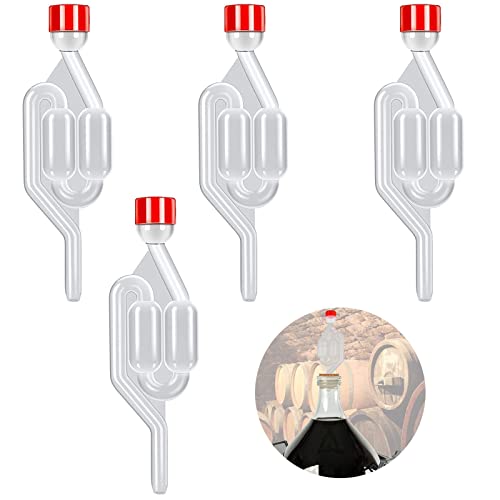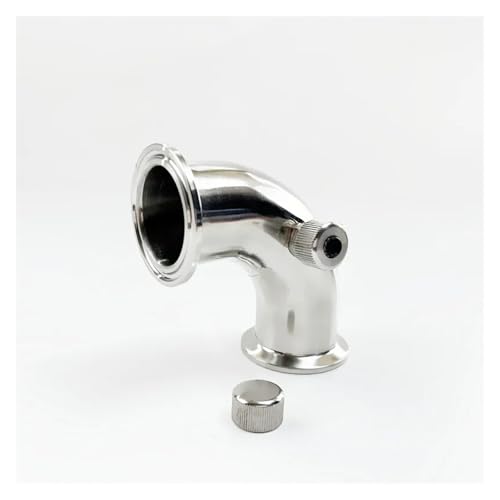cask is best
Landlord.
On all kit instructions it says sterilize all contents that will come into contact with the brew or words to that affect. So i put my wooden spoon and hydrometer in the F.V with the sterilizing solution and that's that.
However whilst making a brew up today as i was topping the F.V up with cold water it suddenly dawned on me i was pouring the water which came straight out of the tap into a jug and then i poured it into the F.V. I have never sterilized the topping up jug but have never [ since i started brewing again] had a infected kit. I will be from now on putting the jug in the F.V when all the other utensils are but does anyone else not sterilize a jug when topping up. Just a thought.
Another thing about everything must be absolutely sterile to avoid infection. How come we seal our F.V usually put an air lock on to stop all the nastiest getting in and infecting a brew.This is called closed fermenting. When in actual fact you can use what is called open fermenting when all you do is put a wet tee towel or other cloth over the F.V surly nasties have developed a way to sneak under a tee towel by now
However whilst making a brew up today as i was topping the F.V up with cold water it suddenly dawned on me i was pouring the water which came straight out of the tap into a jug and then i poured it into the F.V. I have never sterilized the topping up jug but have never [ since i started brewing again] had a infected kit. I will be from now on putting the jug in the F.V when all the other utensils are but does anyone else not sterilize a jug when topping up. Just a thought.
Another thing about everything must be absolutely sterile to avoid infection. How come we seal our F.V usually put an air lock on to stop all the nastiest getting in and infecting a brew.This is called closed fermenting. When in actual fact you can use what is called open fermenting when all you do is put a wet tee towel or other cloth over the F.V surly nasties have developed a way to sneak under a tee towel by now































![BREWING THERMOMETER STICKERS ACCURATELY MONITOR FERMENTING BEER & WINE LIQUID TEMPERATURES 5PCS HOME BREW SPIRITS WINE LCD ADHESIVE [US]](https://m.media-amazon.com/images/I/311DDjo2X3L._SL500_.jpg)









